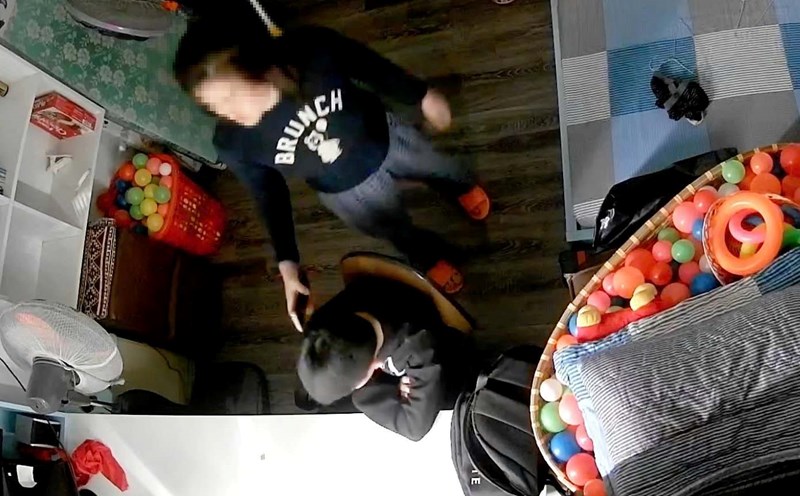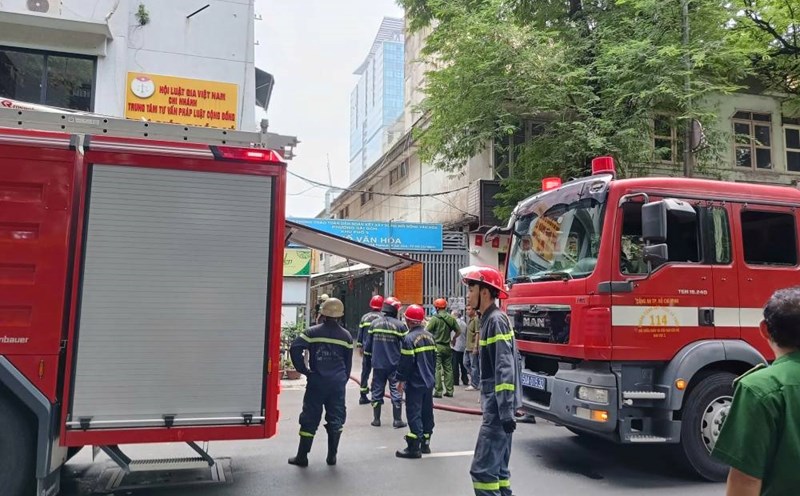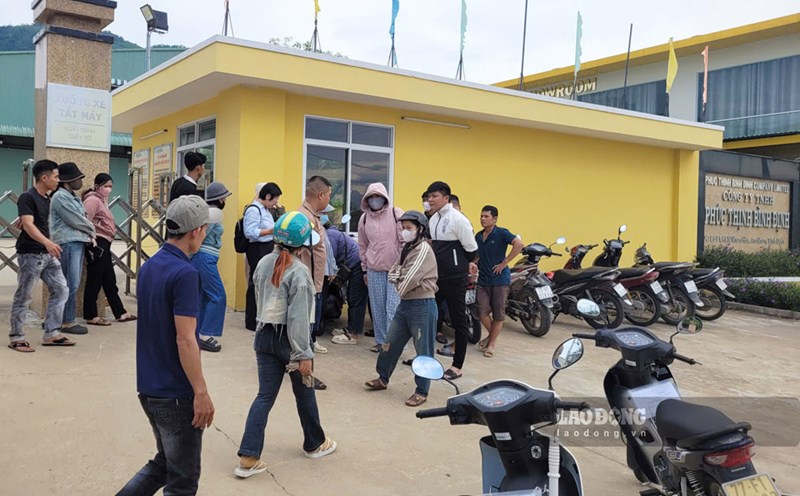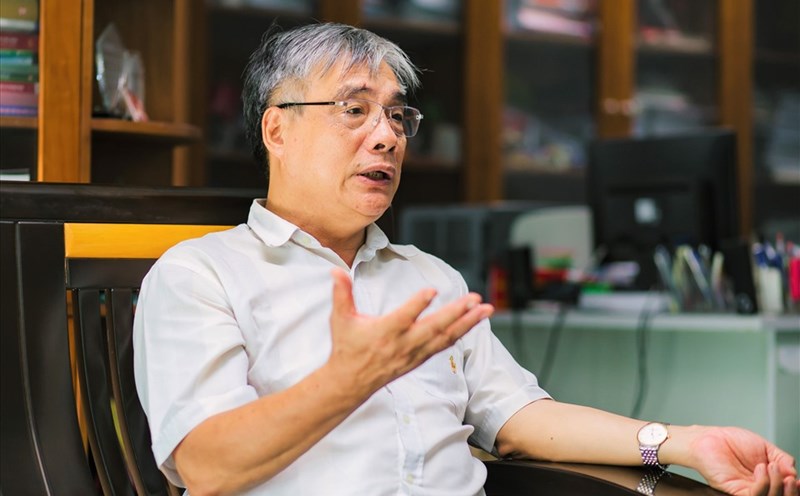As Lao Dong newspaper reported, the lane for motorbikes (under the elevated Ring Road 3), at the Nghiem Xuan Yem - Nguyen Huu Tho intersection (Hoang Mai district), there was a situation of red lights, so the vehicles were jammed, while all the green lights stopped.
The reason is that this lane only allows vehicles to move in two directions from Nghiem Xuan Yem to the iron arch bridge across Linh Dam lake and vice versa. However, most vehicles entering the above lane need to turn left onto Nguyen Huu Tho Street.
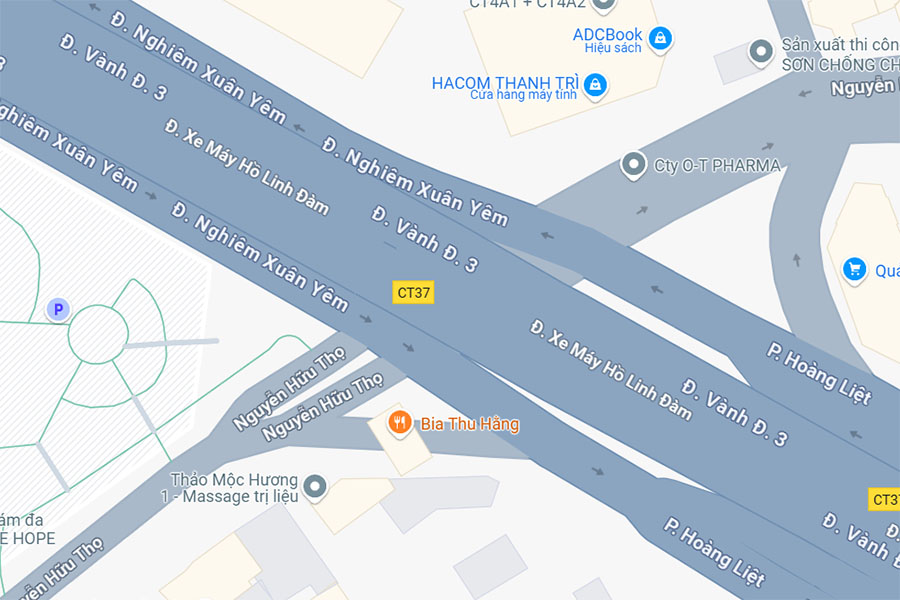
Faced with that situation, since March 16, the Hanoi Department of Construction has organized a pilot program to adjust traffic.
Accordingly, on the lane for motorbikes below the elevated Ring Road 3 from Nghiem Xuan Yem to Hoang Liet:
Adjusting one-way traffic organization for motorbikes in the direction from Nghiem Xuan Yem to Hoang Liet;
Adjusting traffic organization to allow motorbikes to turn left onto Nguyen Huu Tho Street.
On the motorbike lane below the elevated Ring Road 3 from Hoang Liet to Nghiem Xuan Yem:
Maintain the two-way traffic organization plan for motorbikes.
Prohibit motorbikes from going straight into the motorbike lane below Ring Road 3 on the opposite side.
Motorbikes that need to go to Dau Bridge turn right onto Nghiem Xuan Yem Street.
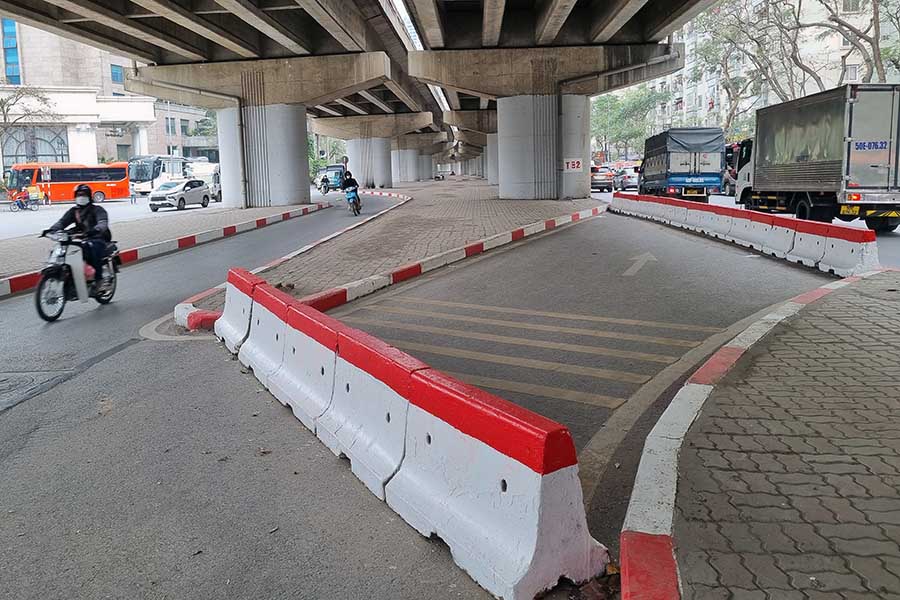
Recorded on March 17, the traffic situation through this area has stabilized, there is no longer a scene of "green lights for stopping vehicles, red lights for going vehicles". Vehicles comply well with the new traffic organization method.
However, there are still times when vehicles turn left but stop in the lane of vehicles going straight, causing traffic obstruction (2 straight and left turn lights are arranged at the intersection, different running lights - PV).
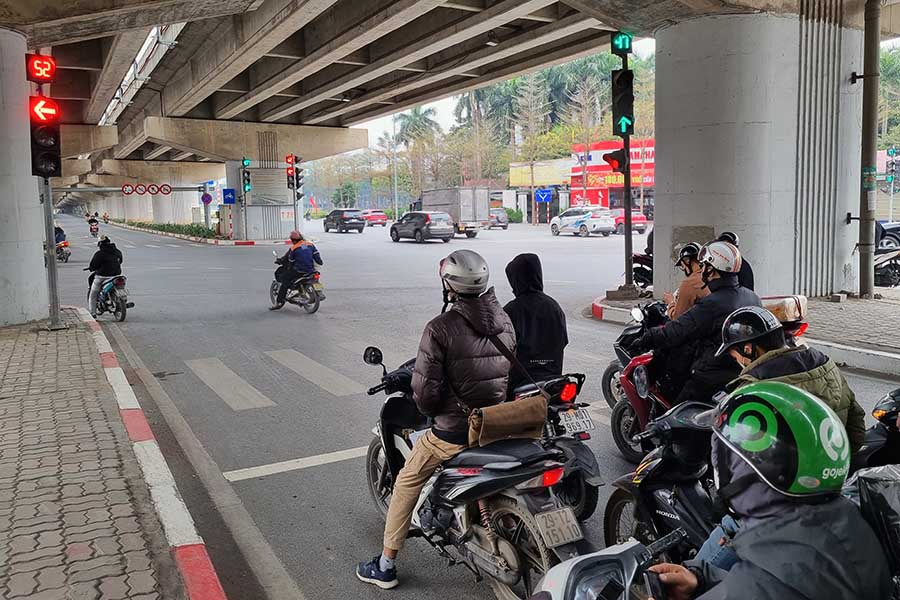
"This is due to each person's awareness, when wanting to turn left, they should stop in the lane with the arrow turning left to avoid obstructing people who want to go straight", Mr. Dao Thanh Ha (Hoang Mai, Hanoi) shared.
It is known that the pilot implementation period is 6 months. During this time, relevant functional units will monitor, evaluate and propose appropriate adjustment plans to ensure smooth and safe traffic.




